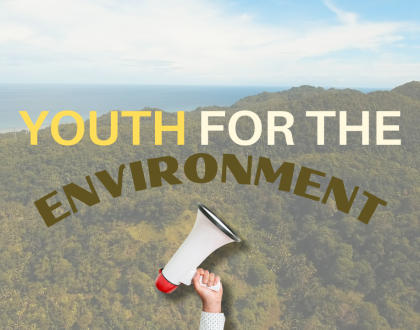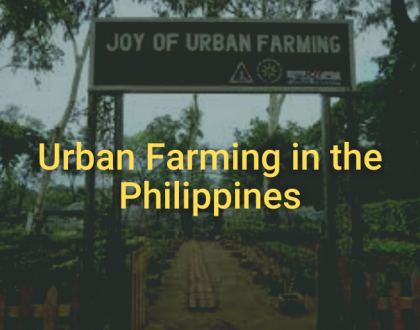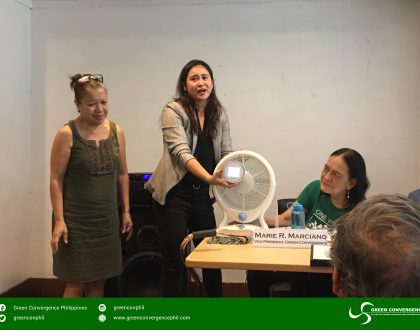CLIMATE CHANGE ADAPTATION & MITIGATION & DISASTER RISK REDUCATION & MANAGEMENT (CCA – DRRM
The breakout session on Climate Change Adaptation and Mitigation Measures was led by ATTY. ANGELA CONSUELO IBAY, head of Climate Change and Energy Program, WWF and the Program Coordinator of the Klima Climate Change Center. DR. MARY JEAN CALEDA, Associate Dean for Research and Governance Practice, Ateneo School
of Government moderated the session.
We live in the anthropocene, a period in which human actions play a major role in shaping the biosphere and its processes. Human processes have become the dominant driver in shaping the biosphere. Everything is connected. Ecosystems sustain societies that create economies. Humanity’s global footprint is 50 percent beyond the planet’s sustainable limits.
The Asia Pacific’s footprint is 77 percent beyond the region’s sustainable limits. The Philippine ecological footprint per capita is 117 percent beyond sustainable limits. El Niño and La Niña are likely to continue as a significant source of inter-annual climate variability in the Coral Triangle region. Sea surface temperatures are likely to be between 1 to 4 degrees Celsius warmer by the end of this century resulting to coral bleaching, ocean acidification, sea level rise, intensified typhoons, decreases in agricultural productivity and recurring infrastructure damage. This will be the new normal. Thus, climate change mitigation and adaptation is imperative. According to the Intergovernmental Panel on Climate Change (IPCC) the risks from climate change depend on cumulative carbon dioxide emissions which depend on the annual Greenhouse Gas (GHG) emissions over the next decades. Limiting warming to 2 degrees Celsius involves substantial technological, economic and institutional challenges. Without additional mitigation, global mean surface temperature is projected to increase by 3.7 to 4.8 °C over the 21st century.
Milestones in the fight against climate change are: United Nations Climate Change Conference 2015 in Paris (COP21), new Sustainable Development Goals (SDGs), Sendai Framework for Disaster Risk Reduction (DRR), disaster-climate change-development linkages and World Wildlife Fund’s (WWF) One Planet Perspective.
The mainstreaming of DRR and CCA into plans lead to a better appreciation of planning the environment through detailed information on natural hazards, climate change, and disaster risks and vulnerabilities. Integration of all national and local plans must be considered in the development planning cycle including the allocation of budgets. There is also a need of adopting a system of rice intensification system and greenhouse gas (GHG) inventory and accounting at the local levels.
Recommended Posts

Kabataan Para sa Kalikasan!
February 26, 2021

Environmental Forum: ‘Kailangan pa rin ang green spaces sa urban area’
November 23, 2020

Green Convergence to LGUs: ‘Invest in green spaces!’
October 23, 2019
